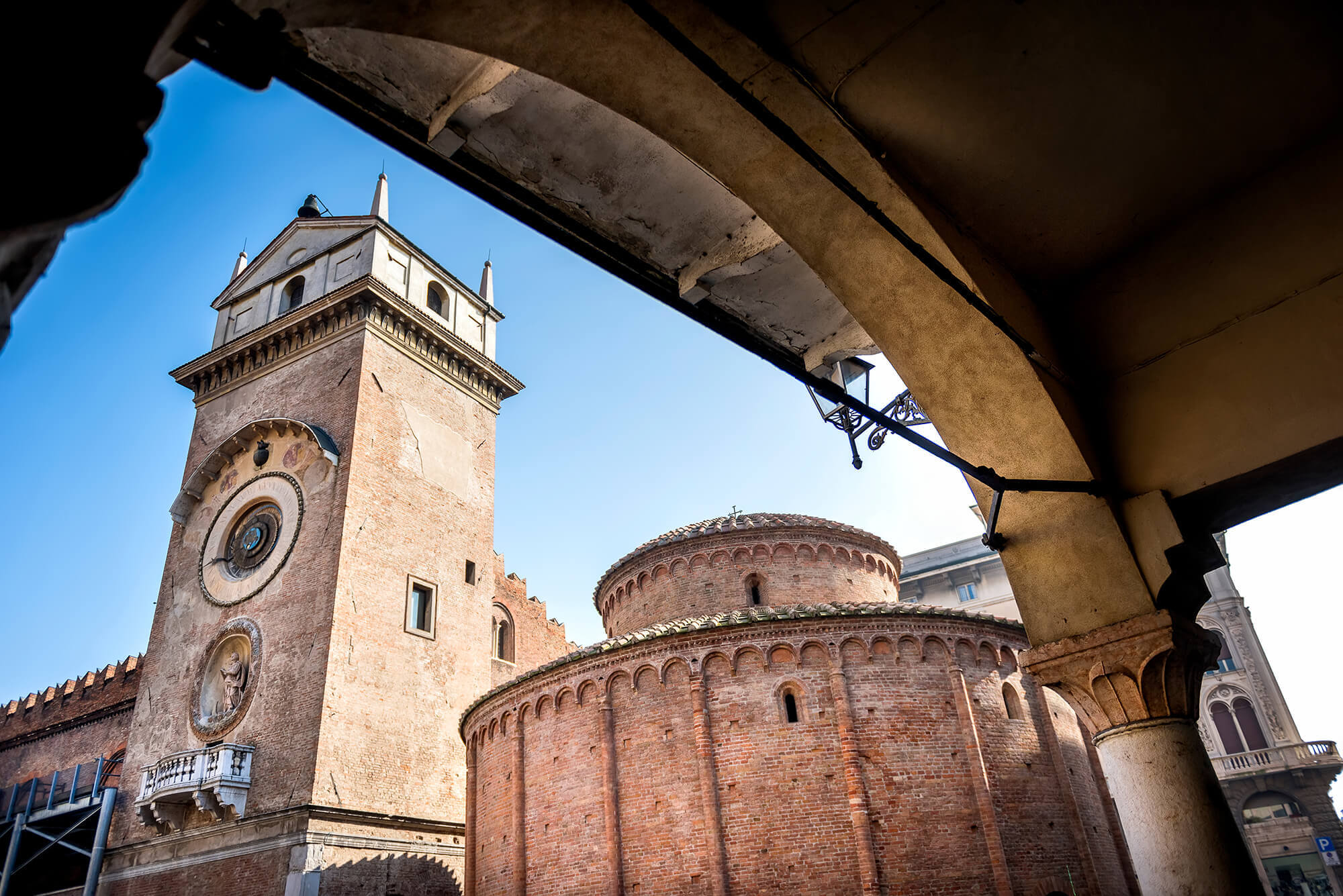
Mantua
Mantua, a UNESCO World Heritage Site, exudes Renaissance charm with the Gonzaga family’s historical influence. The Palazzo Ducale and scenic lakes encapsulate Mantua’s architectural and natural beauty. Linked to Shakespeare’s “Romeo and Juliet,” it’s a city of romantic allure. Annual events like Festivaletteratura make Mantua a cultural haven.
Your new home will be as big as a city. Your keys will open the doors to Mantua.
The Gonzaga lakeside promenade, Ducal Palace, and Te Palace: you’ll take a real dive into the past. Art and small shops will accompany you on every street and corner of the city. Breathe in the aroma of freshly baked sweets and dishes in the beautiful Piazza delle Erbe.
Live Mantua
Nestled among three lakes, Mantua is a hidden gem in northern Italy, a UNESCO World Heritage site since 2008. A city on a human scale, to be enjoyed at a leisurely pace with eyes lifted to admire its Renaissance architecture and savor the scents of its cuisine. The profile of domes and towers from the communal era is the business card with which the city surprises those who approach it from the north. The historic center is an oasis of art, surrounded by the waters of the Mincio River that embrace the city. From the Castle of San Giorgio to Palazzo Te, passing through the basilica of Sant’Andrea and the museum of Palazzo Ducale, culture and nature intertwine and contaminate each other: getting lost in the lakeside paths regenerates strength and reconciles with the tranquility of a town small in size but great in charm.
> Visit the official website for tourism in Mantua
All the upcoming shows and exhibitions:
> Centro Palazzo Te > Palazzo Ducale
The most important museums:
> PalazzoDucale > Palazzo Te > Palazzo D’Arco > La Casa del Mantegna > Palazzo S.Sebastiano > Musei Civici > Palazzo della Ragione > Museo Tazio Nuvolari > Museo Vigili del Fuoco
Even in terms of food and wine, Mantua roots itself in its golden age: the era of the Gonzaga. Right here, in the Renaissance court of the Gonzaga, the well-known saying ‘Mantua: cuisine of princes and peoples’ was born. Given that Mantua is an agricultural city, its typical dishes are all influenced by rustic tradition: Pilota-style Risotto, Pumpkin Tortelli, Agnolini in broth, Maccheroncini with braised meat, Pike in sauce, Cotechino, and not to forget the famous ‘Salame Mantovano’! Sweets are also abundant: Sbrisolona, Elvezia, Anello di Monaco, and Torta delle Rose. In Mantua, numerous trattorias can be found in the historic center, as well as many bakeries where you can quickly taste small portions of local specialties with a good glass of Lambrusco!
Restaurants and trattorias:
Delivery services:
Mantua is a city at a human pace. The historic center and its main attractions are all within walking distance, but not only that! Rich in bike paths and pedestrian areas, Mantua is known for being bicycle-friendly: it’s not uncommon to see tourists and visitors choosing it as a means of transportation. For those who prefer public transportation, it’s possible to use the shuttle – also called the circular cc – to reach central spots or buses for peripheral areas. Let’s not forget that taxi services are also available.
Public transports:
Car sharing:
Bike sharing:
> RideMovi
Trains:
Nightlife in the heart of the city is mainly characterized by musical events, especially during the summer, theatrical performances, and social outings to restaurants, pubs, and bars that attract many young people from Mantua. Just outside the city, you can have fun at various local food fairs spread across different months of the year. The typical spirit of Mantua is encapsulated in the phrase ‘Andiamo a far le vasche?’ meaning ‘Let’s go for a stroll’: walking through the center, enjoying a glass of wine, and meeting friends and acquaintances along the streets!
Nightlife, music and events:
> SpazioTe > MantovaLive > Teatro Sociale > Antichissima Fiera delle Grazie > FestivaLetteratura
Are you ready to travel Mantua and its surroundings?
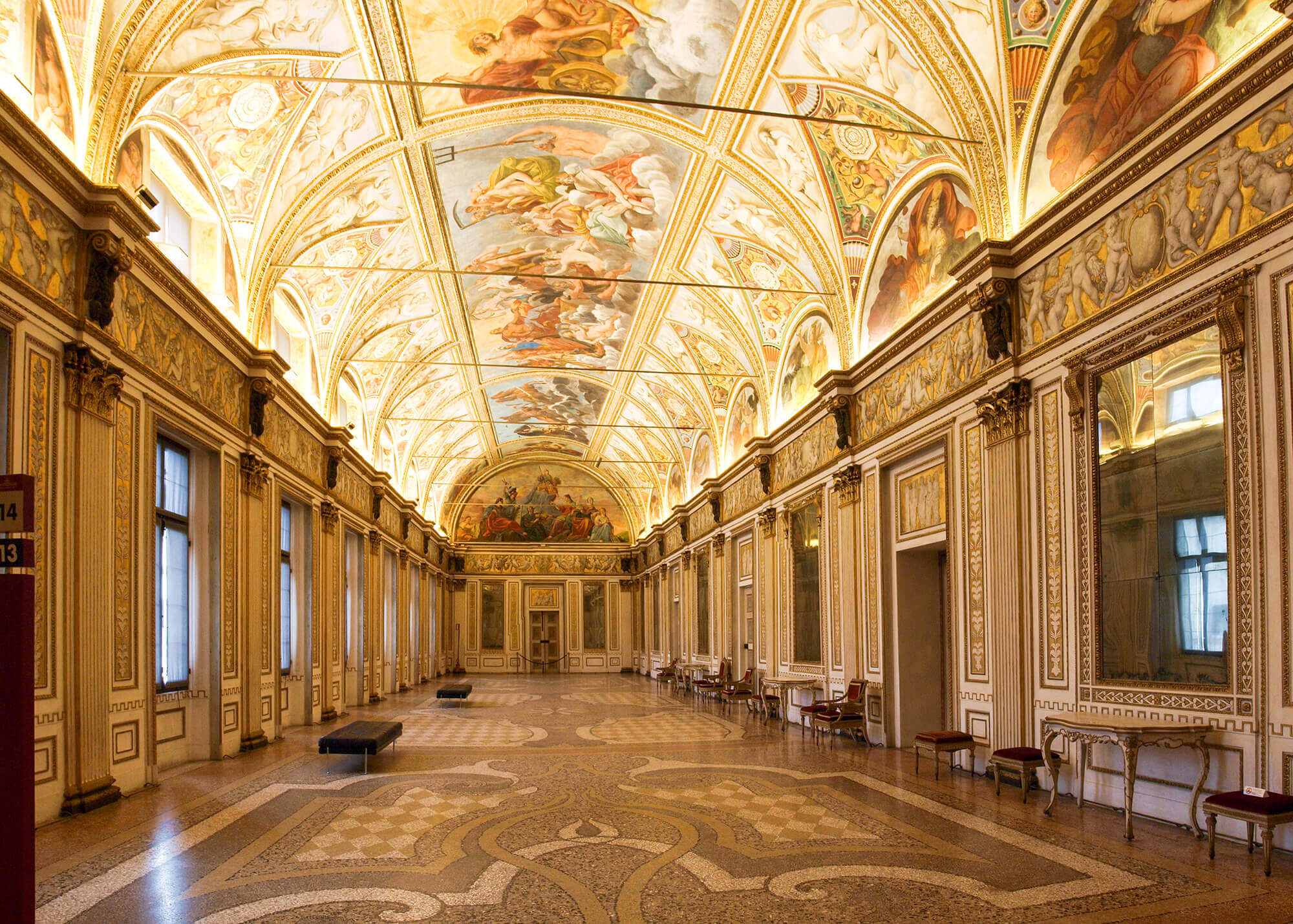
Also known as the Gonzaga Palace, the Palazzo Ducale is one of Mantua’s most significant historical buildings. With over 500 rooms, it stands as one of Europe’s largest palaces. Construction began in the late 13th century, and from 1328 to 1707, it served as the residence of the Gonzaga family. During the Renaissance, the palace hosted renowned artists and writers, including Giulio Romano, Baldassarre Castiglione, Torquato Tasso, and Andrea Mantegna, who created the famous frescoes adorning the walls of the “Bridal Chamber.” Today, the Palazzo Ducale is a museum open to the public, accessible every day from Tuesday to Sunday, from 8:15 am to 7:15 pm. For more information, we invite you to visit the official page.
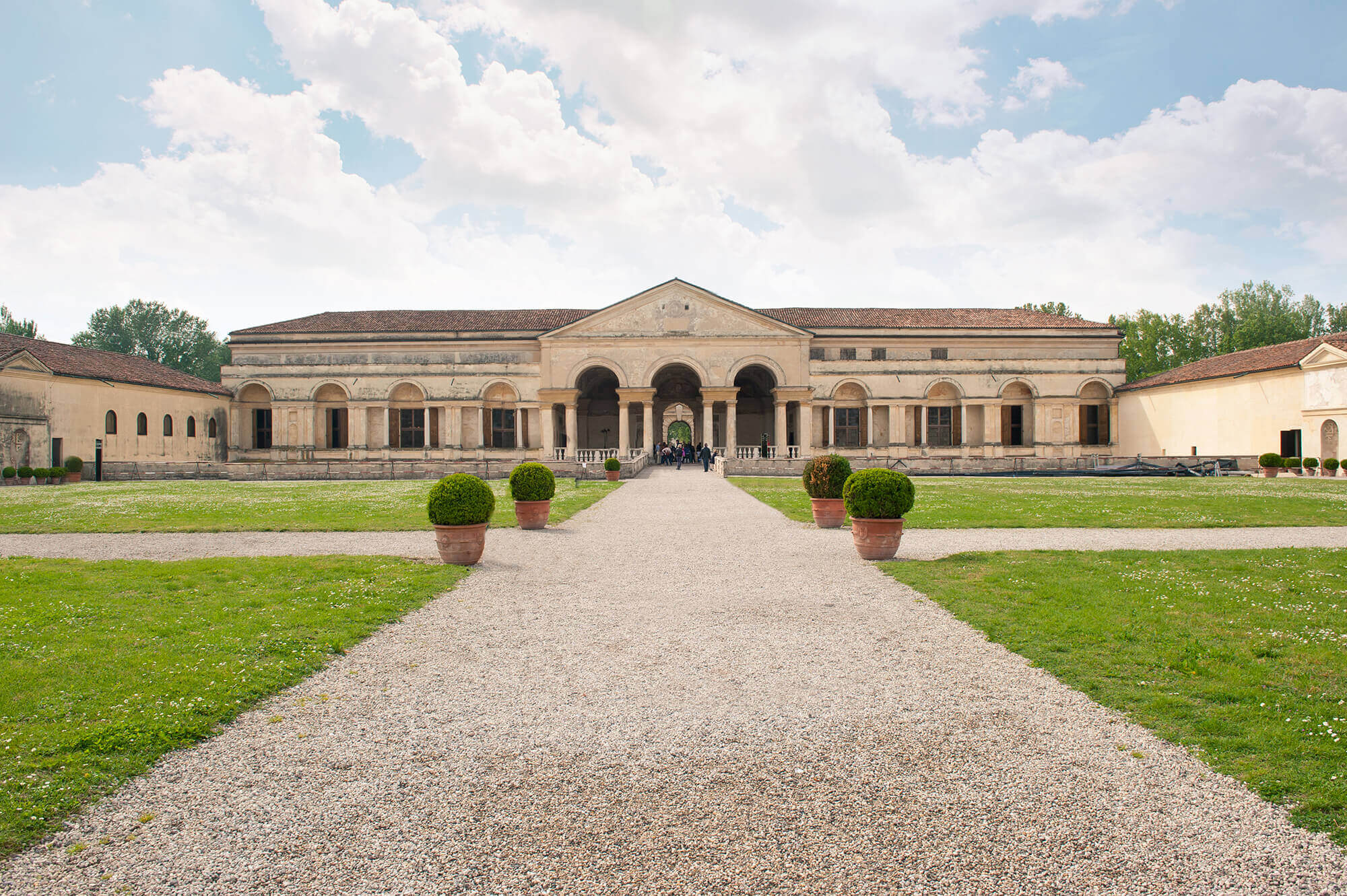
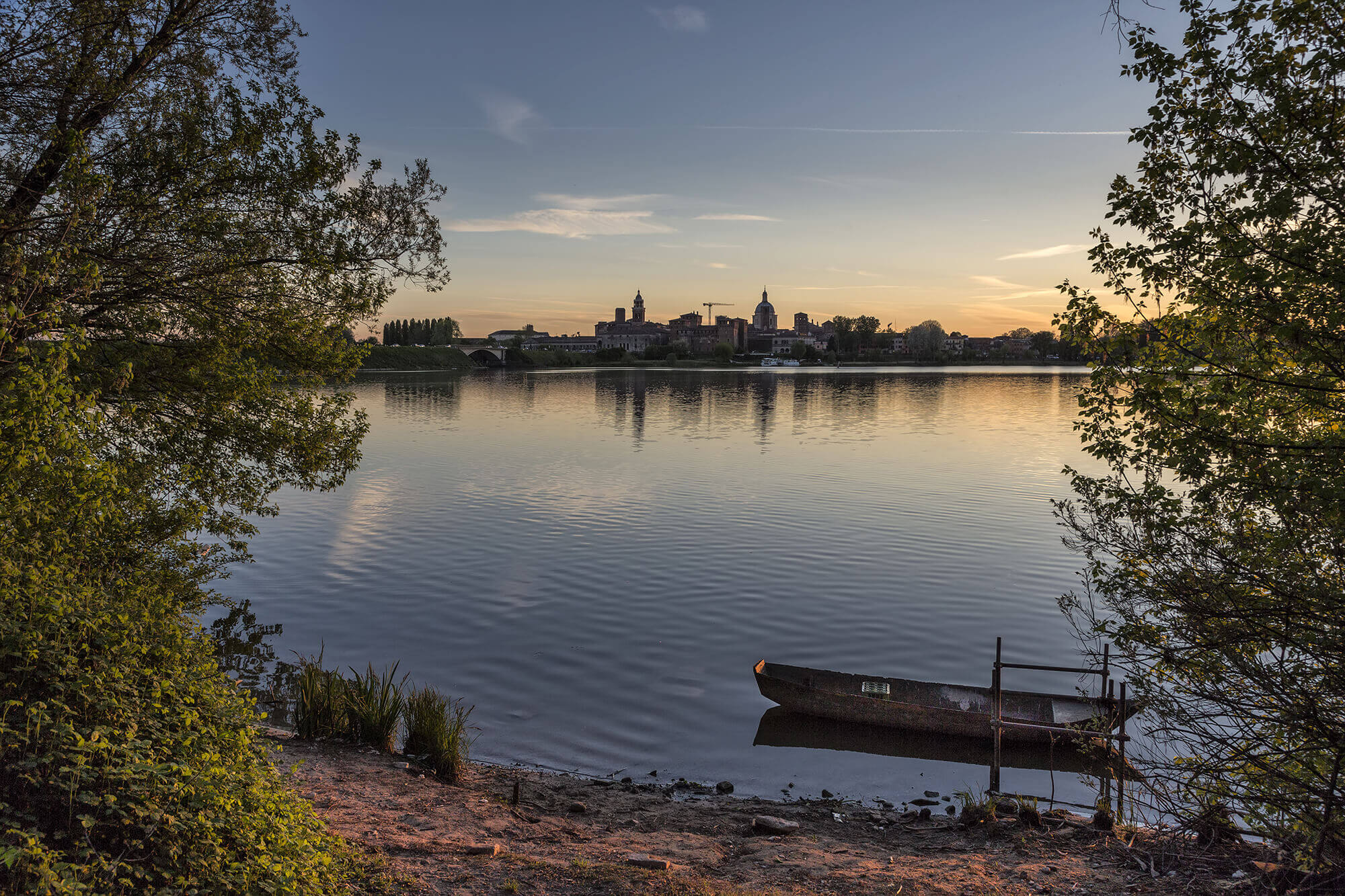
Within about a 15-minute walk from the Unicollege campus, you can reach the lakeside of one of Mantua’s three lakes: Lago Inferiore, Lago di Mezzo, and Lago Superiore. In the summer, the lake surfaces come alive with the blooming lotus flowers. Students can book boat tours in the Mincio Valley Nature Reserve to admire this natural spectacle and observe the local wildlife, including gray herons, marsh harriers, and mute swans.
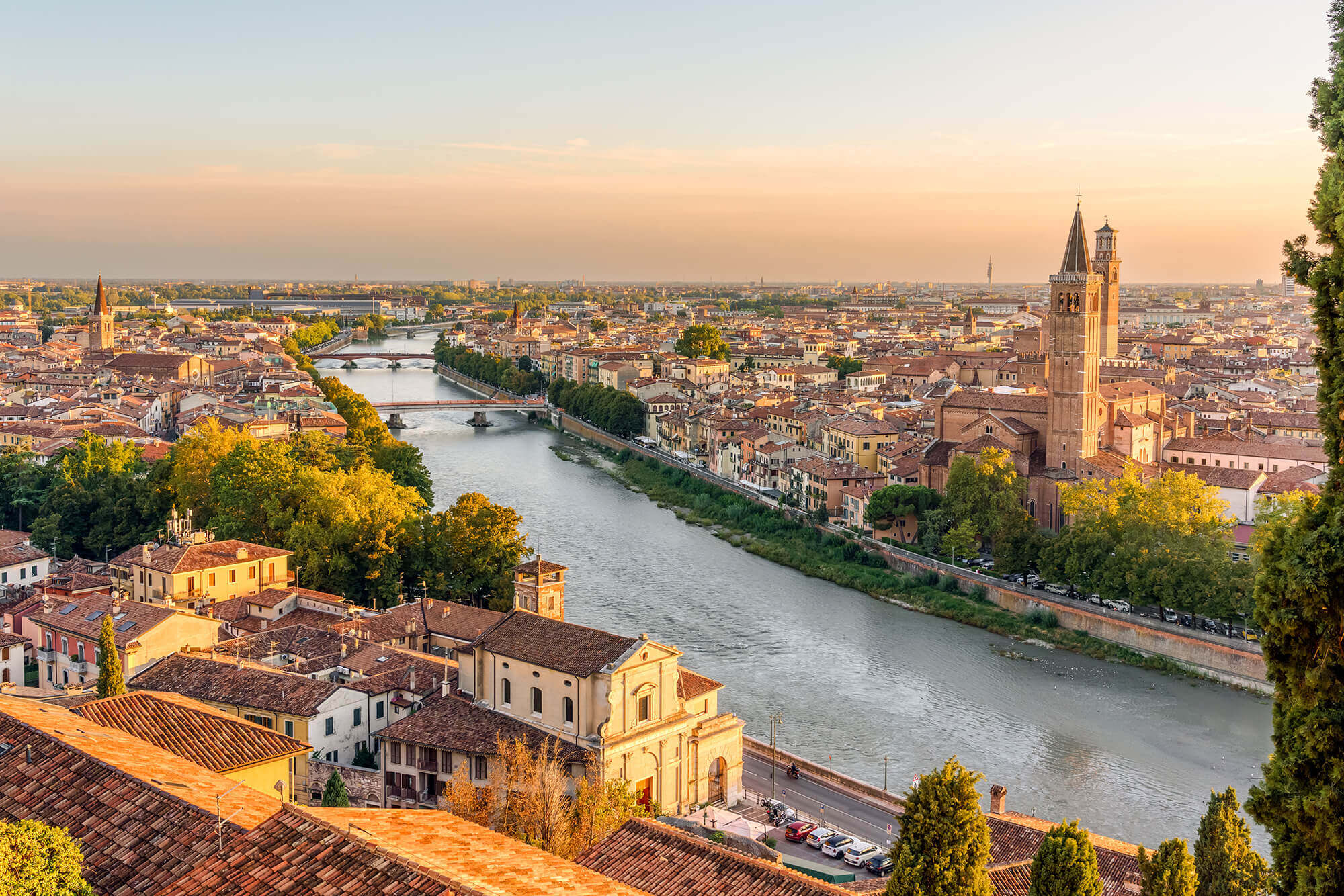
Verona is renowned for its rich history, captivating architecture, and romantic allure. Best known as the setting for Shakespeare‘s tragic love story, “Romeo and Juliet“, the city boasts well-preserved ancient landmarks such as the Verona Arena, a Roman amphitheater still in use today. Visitors are enchanted by its picturesque squares, winding medieval streets, and the scenic Adige River meandering through the city. With a blend of historical grandeur and vibrant cultural offerings, Verona captivates travelers with its timeless charm and iconic landmarks, making it a UNESCO World Heritage site.


Need help to book your next trip?